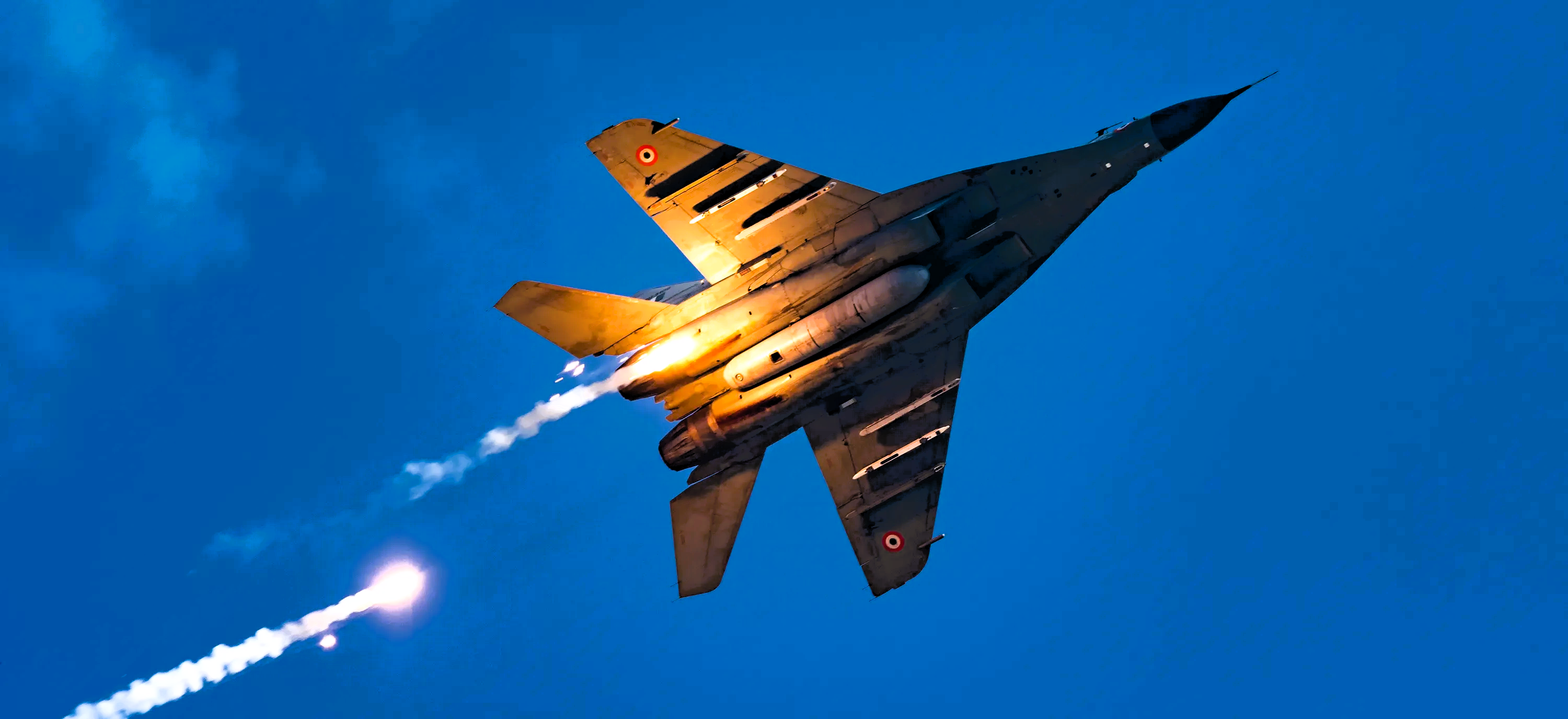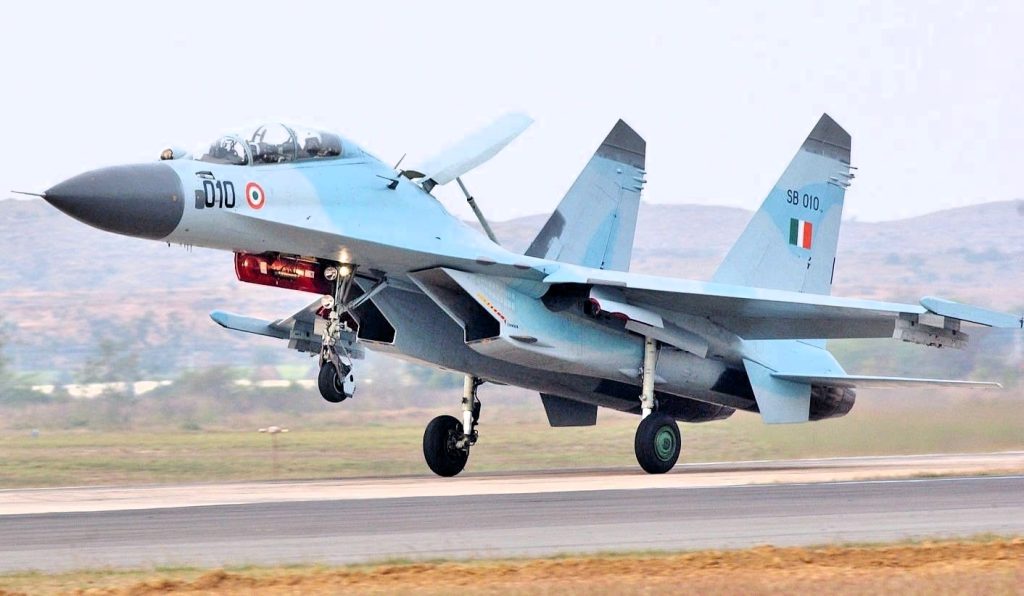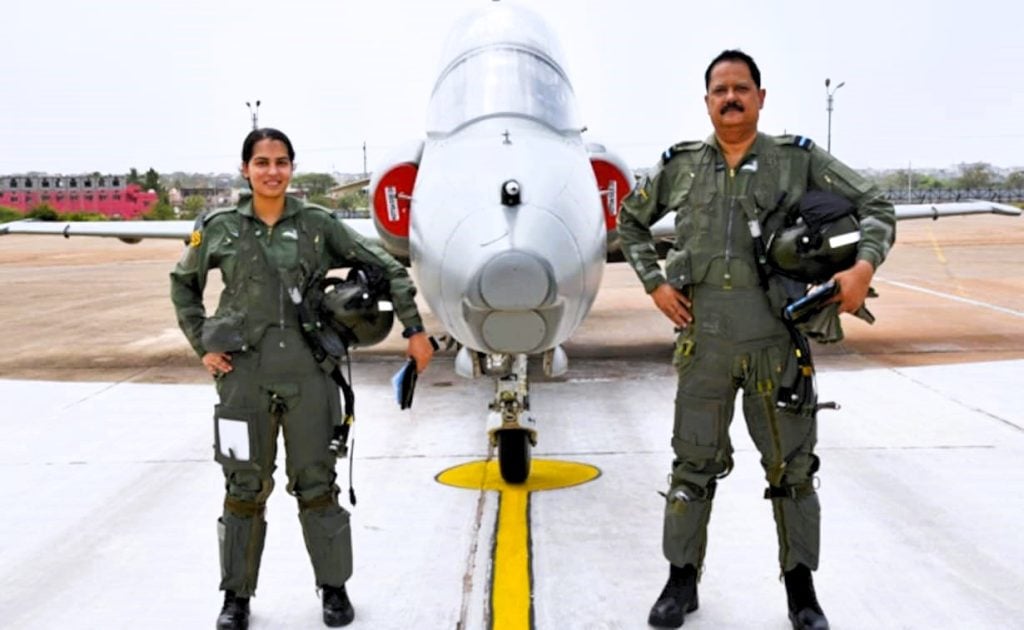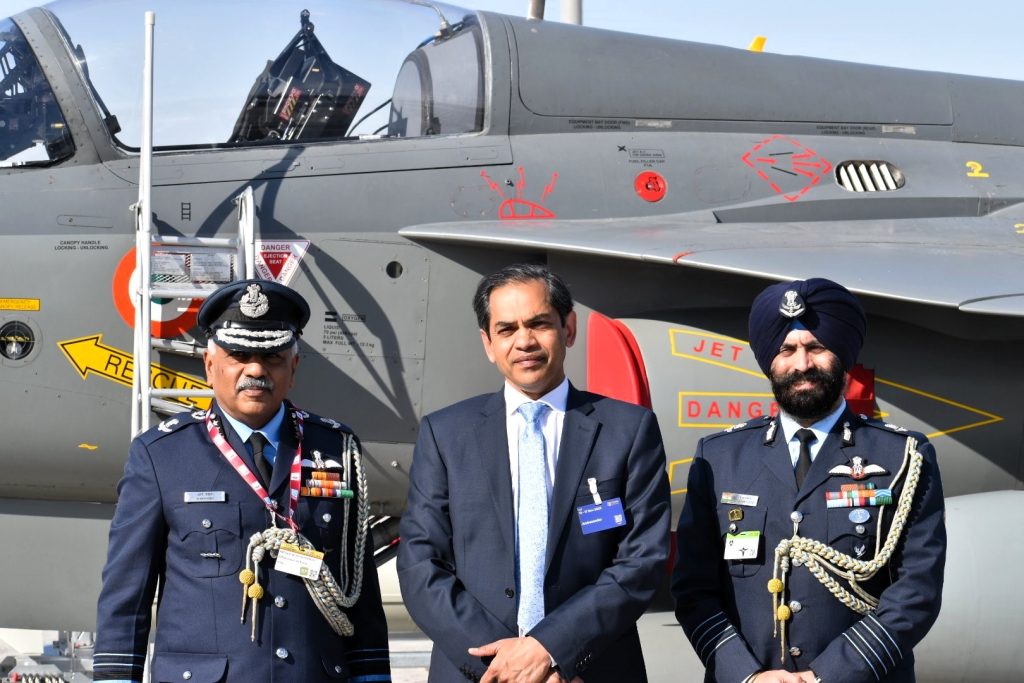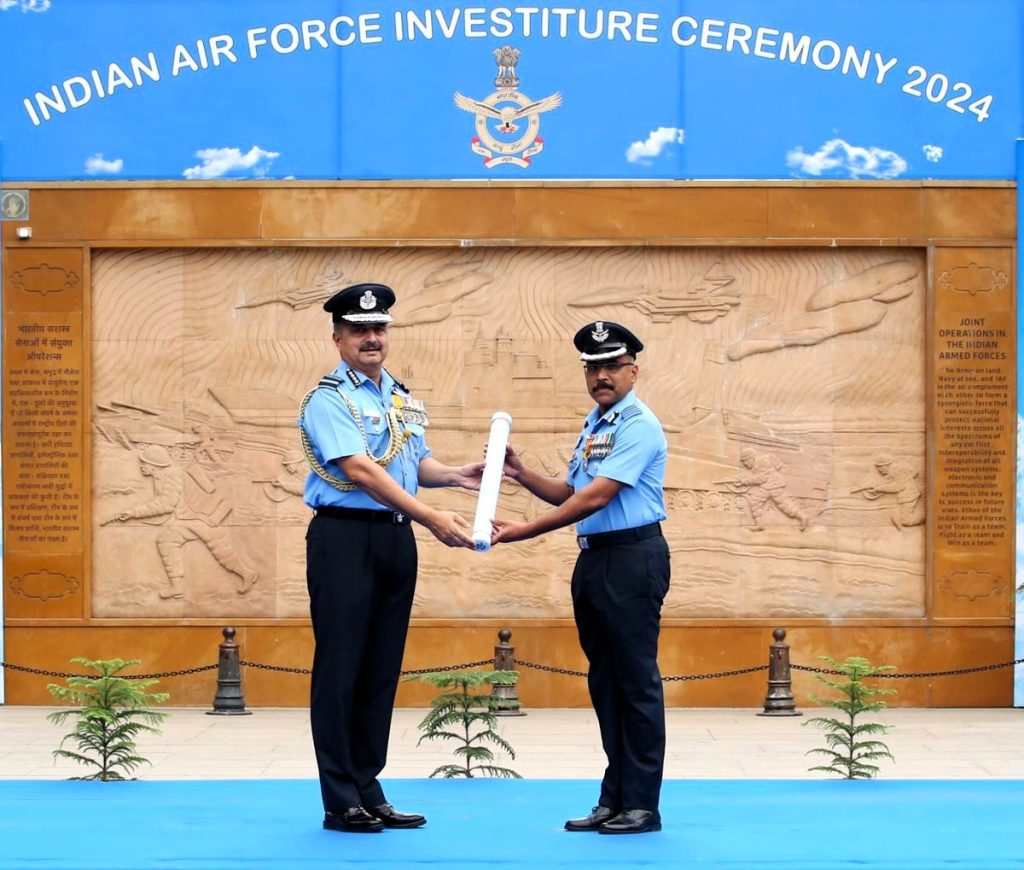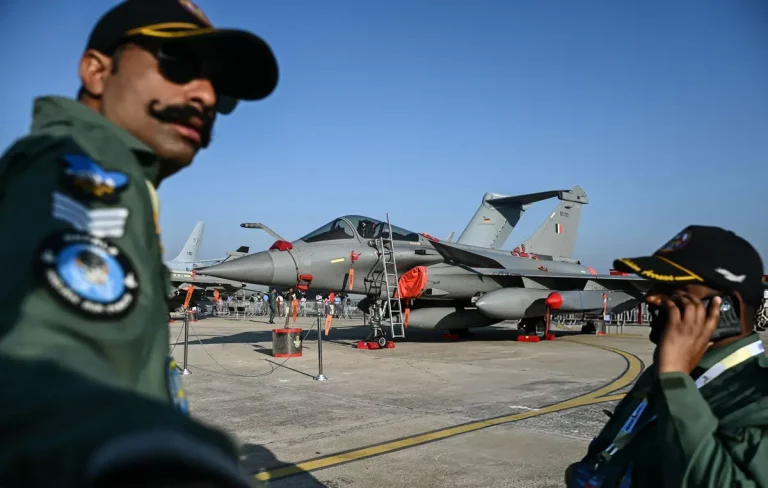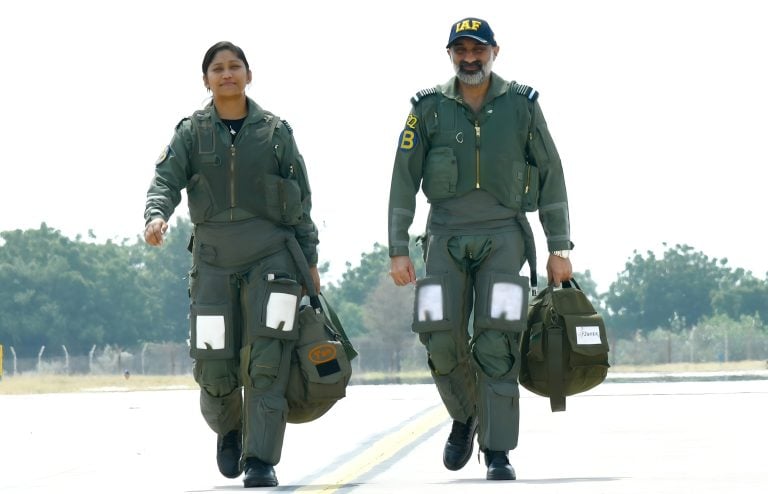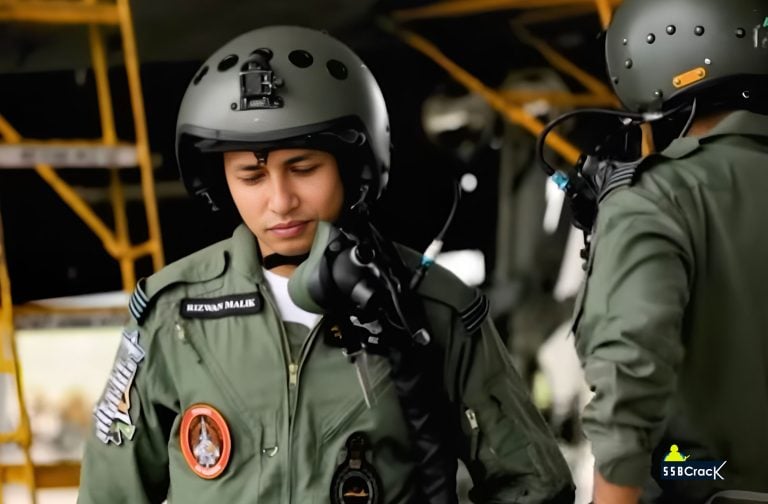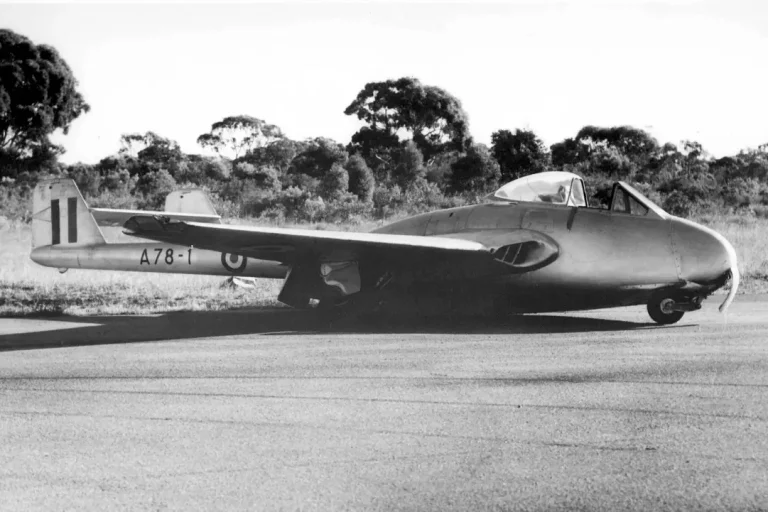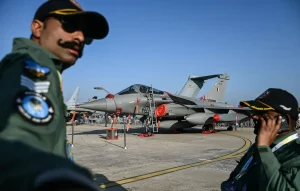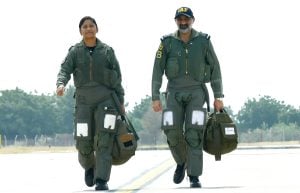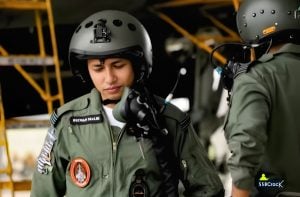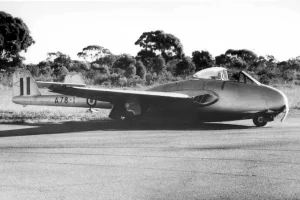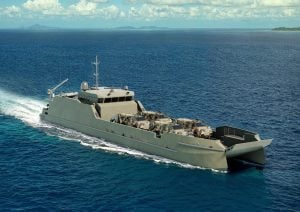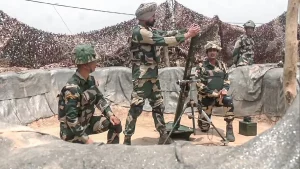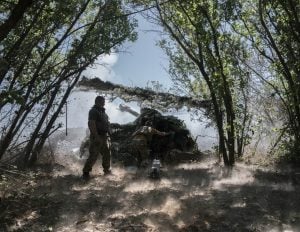The Indian Air Force (IAF) is renowned for its formidable strength, advanced technology, and unwavering dedication to safeguarding India’s airspace. As the fourth largest air force in the world, the IAF boasts a fleet of over 1,700 aircraft and employs approximately 140,000 personnel. Its reputation is further solidified by groundbreaking achievements such as inducting women into combat roles, operating the highest airstrip in the world, and executing critical operations like Safed Sagar during the Kargil War and the massive humanitarian mission, Operation Rahat. Additionally, the IAF’s elite Garud Commando Force and sophisticated systems like the indigenously developed Netra AEW&C exemplify its commitment to excellence and innovation. The IAF’s contributions to space exploration and its unique capabilities in combat airlift operations underscore its pivotal role in national defense and global peacekeeping. In this article, we explore ten interesting and lesser-known facts about the Indian Air Force that highlight its remarkable journey and accomplishments.
The World’s Fourth Largest Air Force
A Force to be Reckoned With
The Indian Air Force is the fourth largest air force in the world, both in terms of personnel and aircraft. It operates over 1,700 aircraft and employs around 140,000 personnel. This vast fleet includes a diverse range of aircraft, from fighters and bombers to transport and reconnaissance planes. The IAF’s extensive capabilities ensure it can effectively defend India’s airspace and undertake a variety of missions, from combat operations to humanitarian assistance.
Fleet Composition
The Indian Air Force’s fleet includes some of the most advanced aircraft in the world. Here’s a breakdown of the key types of aircraft in the Indian Air Force’s arsenal:
| Aircraft Type | Model Examples | Primary Roles |
|---|---|---|
| Fighter Aircraft | Su-30MKI, Rafale, Mirage 2000, Tejas | Air superiority, ground attack |
| Transport Aircraft | C-17 Globemaster III, Il-76, C-130J | Troop transport, logistics support |
| Helicopters | Mi-17V5, Chinook, Apache | Assault, transport, reconnaissance |
| Reconnaissance | Netra AEW&C, Phalcon AWACS | Surveillance, early warning |
| Training Aircraft | Hawk, Pilatus PC-7 | Pilot training |
The Indian Air Force’s extensive and modern fleet ensures that it remains a dominant force in the skies, capable of responding to various threats and challenges.
Women in Combat Roles
Trailblazers in the Sky
The Indian Air Force was the first among the Indian Armed Forces to induct women into combat roles. This significant step towards gender equality in the military was marked by the induction of the first batch of female fighter pilots in 2016. Avani Chaturvedi, Bhawana Kanth, and Mohana Singh made history as they were commissioned into the IAF and began flying fighter jets.
Pioneering Pilots
- Avani Chaturvedi: Avani became the first Indian woman to fly a solo sortie in a MiG-21 Bison in 2018, showcasing her exceptional skills and determination.
- Bhawana Kanth: Bhawana also made headlines by becoming the second woman pilot to fly solo in a MiG-21 Bison. Her achievements continue to inspire many young women in India.
- Mohana Singh: Mohana was the first woman pilot to become fully operational by day on a Hawk advanced jet trainer.
These trailblazers have paved the way for many other women to follow in their footsteps, proving that gender is no barrier to achieving excellence in the skies.
The Highest Airstrip in the World
Daulat Beg Oldi: A Strategic Marvel
The Indian Air Force operates the Daulat Beg Oldi airstrip, located in Ladakh, near the Line of Actual Control with China. At an elevation of 16,614 feet, it is the highest airstrip in the world. This airstrip plays a crucial role in maintaining supply lines and supporting military operations in the high-altitude region.
Strategic Importance
The Daulat Beg Oldi airstrip is strategically significant due to its proximity to the contested borders with China. Its operational status allows the IAF to:
- Supply and Logistics: Ensure the steady flow of supplies and reinforcements to troops stationed in the remote and inhospitable terrain.
- Surveillance and Reconnaissance: Conduct aerial surveillance to monitor any movements or activities along the border.
- Rapid Deployment: Facilitate the quick deployment of forces in response to any potential threats.
The successful operation of this airstrip under extreme conditions underscores the IAF’s capability to operate in challenging environments.
Operation Safed Sagar
The Kargil War’s Turning Point
During the Kargil War in 1999, the IAF launched Operation Safed Sagar, marking the first large-scale use of air power in Jammu and Kashmir since the Indo-Pakistani War of 1971. This operation was crucial in pushing back infiltrators and securing key positions, significantly contributing to India’s victory in the conflict.
Key Elements of Operation Safed Sagar
- Air Superiority: The IAF established air superiority by conducting precision strikes on enemy positions, supply routes, and bunkers.
- Aerial Reconnaissance: Provided valuable intelligence and real-time updates on enemy movements and positions.
- Close Air Support: Supported ground troops by targeting enemy artillery and providing cover during assaults.
The successful execution of Operation Safed Sagar demonstrated the IAF’s strategic capabilities and its vital role in ensuring the security and integrity of India’s borders.
The Su-30MKI’s Unique Capability
Mastering the Pugachev’s Cobra
The Sukhoi Su-30MKI, one of the mainstay fighters of the Indian Air Force, has a unique capability – it can perform the Pugachev’s Cobra maneuver. This involves the aircraft pulling up abruptly and then dropping back, which is useful in dogfights.
Technical Specifications and Capabilities
- Maneuverability: The Su-30MKI’s thrust vectoring nozzles and aerodynamic design allow it to perform complex maneuvers, giving it an edge in close combat situations.
- Armament: Equipped with a variety of air-to-air and air-to-ground missiles, bombs, and a 30mm cannon, the Su-30MKI is a versatile and powerful fighter.
- Avionics: Advanced avionics, including radar, electronic warfare systems, and targeting pods, enhance its combat effectiveness.
The ability to perform the Pugachev’s Cobra maneuver showcases the IAF’s focus on acquiring and maintaining technologically advanced aircraft that can dominate in aerial combat.
Indian Air Force’s Contribution to Space Exploration
Wing Commander Rakesh Sharma: India’s Space Pioneer
Wing Commander Rakesh Sharma, an Indian Air Force officer, became the first Indian to travel in space. He flew aboard the Soviet spacecraft Soyuz T-11 in 1984 and remains the only Indian citizen to have been in space.
The Mission’s Highlights
- Scientific Experiments: Conducted scientific experiments and research during his eight-day stay aboard the Salyut 7 space station.
- International Collaboration: The mission underscored the importance of international collaboration in space exploration.
- Iconic Moment: Rakesh Sharma’s famous reply to then Prime Minister Indira Gandhi, “Saare Jahaan Se Achha” (better than the entire world), when asked how India looked from space, became an iconic moment in Indian history.
Rakesh Sharma’s achievement remains a source of pride and inspiration, highlighting the Indian Air Force’s contributions beyond the Earth’s atmosphere.
Netra – The Airborne Early Warning and Control System
Enhancing Surveillance and Reconnaissance
The IAF operates the Netra AEW&C (Airborne Early Warning and Control System) aircraft, which is an indigenously developed system by the Defence Research and Development Organisation (DRDO). It significantly enhances the IAF’s surveillance and reconnaissance capabilities.
Key Features of Netra AEW&C
- Radar System: Equipped with an active electronically scanned array (AESA) radar that provides 360-degree coverage and can detect aerial threats at long ranges.
- Command and Control: Acts as a flying command center, coordinating and directing air operations.
- Data Link: Integrates with other air and ground assets through secure data links, enhancing situational awareness and operational effectiveness.
The introduction of the Netra AEW&C system marks a significant advancement in the IAF’s ability to maintain air superiority and conduct complex operations.
Operation Rahat
A Humanitarian Milestone
In 2013, the IAF carried out one of the largest and most successful humanitarian missions, Operation Rahat, during the Uttarakhand floods. The IAF rescued over 20,000 people and transported over 382,400 kg of relief material using 45 helicopters.
Mission Details
- Rescue Operations: Conducted numerous sorties to evacuate stranded individuals from remote and inaccessible areas.
- Relief Material: Delivered essential supplies such as food, water, and medical aid to affected regions.
- Coordination: Worked in close coordination with the Indian Army, National Disaster Response Force (NDRF), and other agencies to ensure efficient and effective relief efforts.
Operation Rahat showcased the IAF’s ability to respond rapidly to natural disasters, providing critical support and saving countless lives.
The Only Air Force to Have Used the Il-76 for Combat Airlift
Strategic Airlift Operations
The IAF is the only air force in the world to have used the Ilyushin Il-76 aircraft for combat airlift operations. These operations have been critical in strategic airlift missions, including transporting troops and equipment during conflicts.
Il-76 Specifications
- Payload Capacity: Can carry up to 50 tons of cargo or 140 troops.
- Range: Capable of flying long distances without refueling, making it ideal for strategic missions.
- Versatility: Used for various roles, including troop transport, paratroop drops, and medical evacuation.
The use of the Il-76 aircraft highlights the IAF’s strategic mobility and its ability to project power and support operations across vast distances.
The Garud Commando Force
Elite Special Forces
The IAF has its own elite special forces unit known as the Garud Commando Force. Established in 2004, the Garuds are trained in counter-terrorism, rescue missions, and other specialized operations, playing a vital role in enhancing the IAF’s operational capabilities.
Training and Operations
- Rigorous Training: Garud commandos undergo intensive training in various disciplines, including jungle warfare, close-quarters combat, and airborne operations.
- Operational Roles: Deployed for a range of missions, including securing airbases, conducting special reconnaissance, and participating in anti-terror operations.
- Joint Operations: Often work alongside other Indian special forces units, such as the Army’s Para SF and the Navy’s MARCOS, in joint operations.
The Garud Commando Force exemplifies the IAF’s commitment to maintaining a versatile and capable special operations capability.
Conclusion
The Indian Air Force, with its rich history, cutting-edge technology, and exceptional personnel, continues to be a pillar of strength for India. These ten fascinating facts about the IAF highlight its remarkable journey and contributions to national security and global peacekeeping efforts. From pioneering women in combat roles to operating the highest airstrip in the world, the IAF’s achievements are a testament to its dedication, innovation, and resilience. As the IAF continues to evolve and adapt to new challenges, it remains a source of pride and inspiration for the nation.
FAQs
1. What is the significance of the Indian Air Force being the fourth largest air force in the world?
The Indian Air Force (IAF) being the fourth largest air force in the world signifies its substantial strength in terms of both personnel and aircraft. This ranking underscores the IAF’s extensive capabilities in defending India’s airspace, conducting various military operations, and contributing to humanitarian missions globally.
2. When did the Indian Air Force induct women into combat roles?
The Indian Air Force inducted women into combat roles in 2016. The first batch of female fighter pilots, comprising Avani Chaturvedi, Bhawana Kanth, and Mohana Singh, was commissioned into the IAF, marking a significant milestone towards gender equality in the Indian Armed Forces.
3. What is the highest airstrip operated by the Indian Air Force?
The highest airstrip operated by the Indian Air Force is the Daulat Beg Oldi airstrip, located in Ladakh near the Line of Actual Control with China. It is situated at an elevation of 16,614 feet, making it the highest airstrip in the world.
4. What was Operation Safed Sagar, and why was it important?
Operation Safed Sagar was a crucial military operation launched by the Indian Air Force during the Kargil War in 1999. It was the first large-scale use of air power in Jammu and Kashmir since the Indo-Pakistani War of 1971. The operation played a vital role in pushing back infiltrators and securing key positions, significantly contributing to India’s victory in the conflict.
5. What unique maneuver can the Su-30MKI perform, and why is it significant?
The Su-30MKI, a mainstay fighter of the Indian Air Force, can perform the Pugachev’s Cobra maneuver. This maneuver involves the aircraft pulling up abruptly and then dropping back, which is useful in dogfights. This capability showcases the advanced maneuverability and combat effectiveness of the Su-30MKI.
